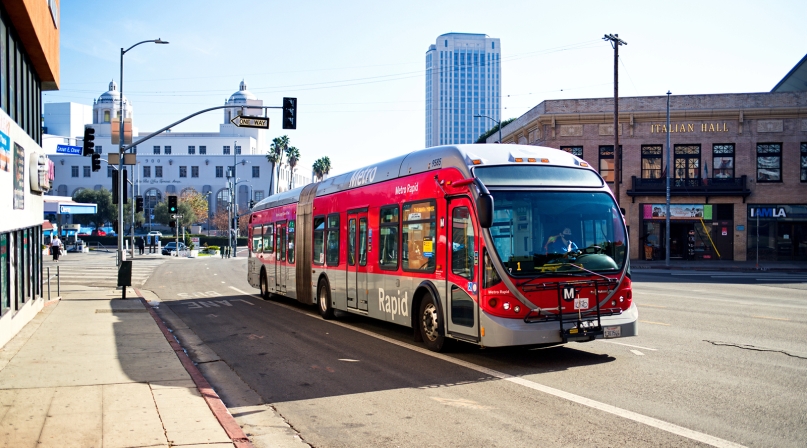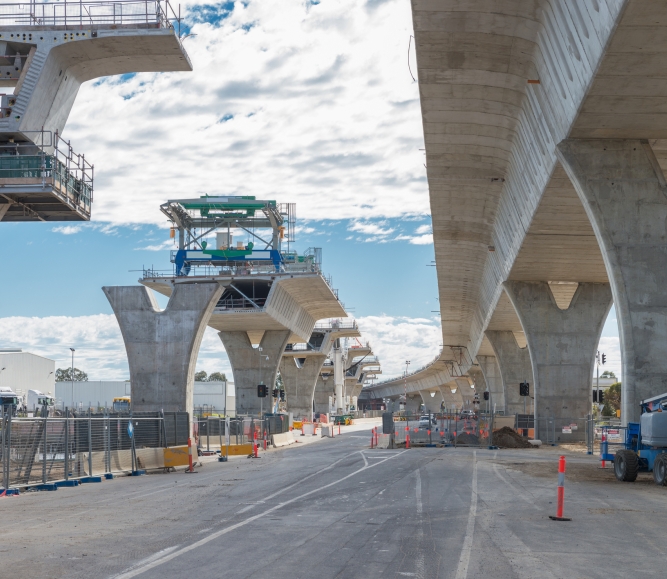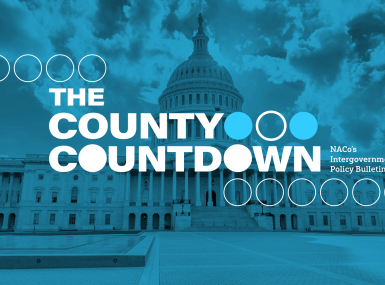Federal Transit Administration awards $187 million to four Bus Rapid Transit (BRT) infrastructure projects
Upcoming Events
Related News

On April 5, the U.S. Department of Transportation (DOT) announced $187 million in Capital Investment Grants (CIG) through the Federal Transit Administration (FTA). The federal funding will be allocated to four Bus Rapid Transit (BRT) infrastructure projects in California, Utah and Washington State. The CIG program provides funding for major transit infrastructure capital investments nationwide.
Grantees included San Bernardino County Transportation Authority, which will receive $86.75 million for the West Valley Connector BRT project. The project includes the purchase of 40-foot, zero-emission buses and the construction of 21 new bus stations. Other grantees included:
- $3.2 million to Utah Transit Authority for the Ogden/Weber State University BRT Project
- $37 million to Community Transit for the Swift Orange Line BRT project in Snohomish County, Wash.
- $59.9 million to the City of Seattle Department of Transportation for the Madison Street BRT project
BRT is a high-quality, bus-based transit system that delivers fast and efficient service that may include dedicated lanes, busways, traffic signal priority, off-board fare collection, elevated platforms and enhanced stations. Because BRT contains features similar to a light rail or subway system, it is often considered more reliable, convenient and faster than regular bus services. With the right combination of features, BRT systems can help passengers avoid delays that can slow regular bus services, such as congestion and long queues to pay on board.
Counties play an important role in our nation’s transportation and infrastructure networks, owning 45 percent of public roads and 38 percent of bridges, more than any other public entity, while also directly supporting 78 percent of public transit systems and 34 percent of public airports. Regional and county-supported public transit systems are continuing to provide critical connections for our residents, even in the face of unprecedented drops in ridership and revenue as a result of the COVID-19 pandemic. As the 117th Congress and the administration work toward recovery efforts, counties look forward to continuing to work with our federal partners to maximize investments made in local infrastructure and believe that a strong intergovernmental partnership that emphasizes the county role in transportation and infrastructure will be a key to our nation’s recovery from the global health crisis.
Resource
Implementing Infrastructure Investments at the County Level: The Bipartisan Infrastructure Law (P.L. 117-58)

Related News

House lawmakers introduce bipartisan legislation to support World Cup local transportation needs
On December 2, U.S. Reps. Rick Larsen (D-Wash.-02) and Burgess Owens (R-Utah-04) introduced the Transportation Assistance for Olympic and World Cup Cities Act (H.R.6348), a bipartisan effort to strengthen local transportation systems in communities preparing to host major international sporting events

County Countdown – Dec. 1, 2025
Every other week, NACo's County Countdown reviews top federal policy advocacy items with an eye towards counties and the intergovernmental partnership.

Federal district court issues ruling preventing the federal government from imposing immigration compliance mandates on grant recipients
On November 4, a federal judge in Rhode Island ruled that the U.S. Department of Transportation cannot condition federal grant funding on a recipient’s cooperation with federal immigration enforcement efforts.